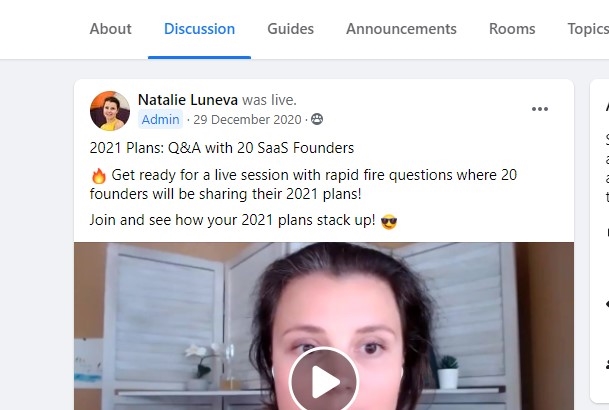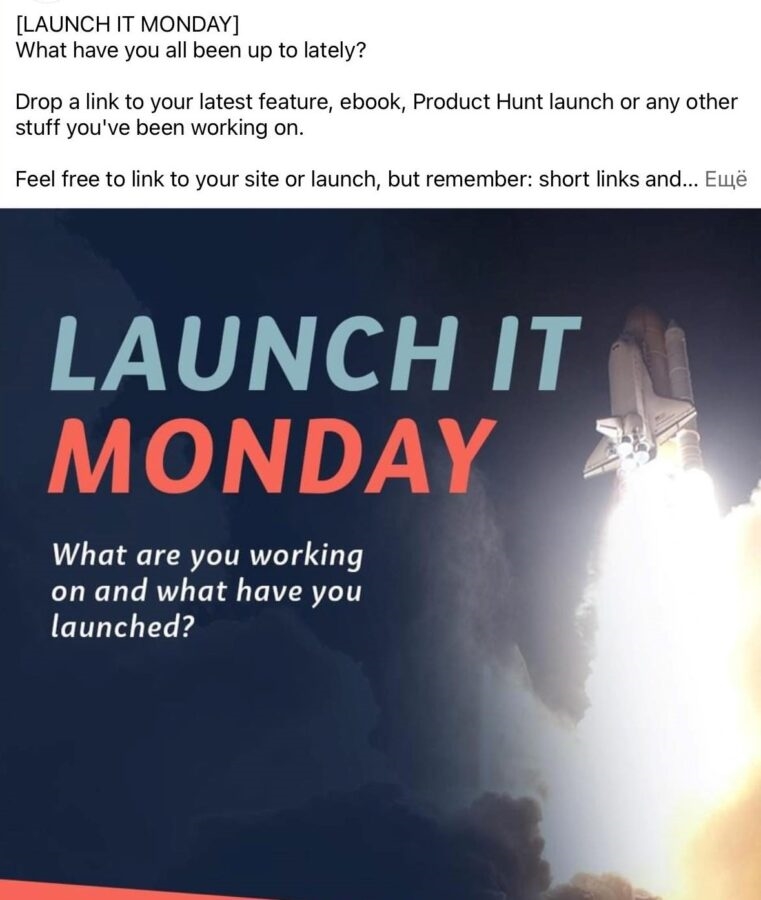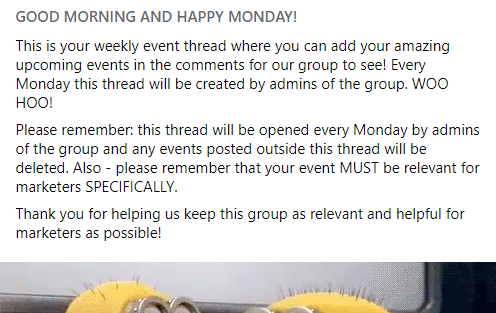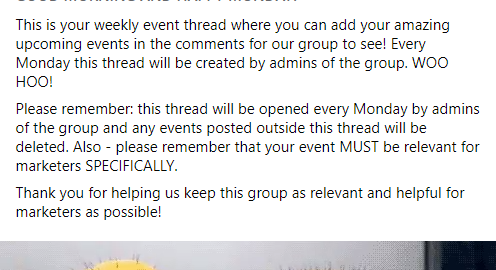Do you believe in community-led growth? Even if you don’t, thousands of SaaS companies have already built their communities on different platforms and have reached a new level of relationship with their users.
Private communities help lower ad expenses, build social proof, better serve your users, and the list goes on.
So if you have already created a community around your SaaS and look for ways to turn group members into raving fans and active partners, keep reading!
10 ways to successfully engage your software community on Facebook

Source: Freepik
1. Host group-only lives
In any kind of community, exclusive, actionable and super helpful content is key. Otherwise, everyone would have access to the same content.
I founded my SaaS Boss Facebook group for SaaS founders in January 2020. After a short period, I started going live in the group and interviewing SaaS founders/experts on my SaaS Boss podcast. Later I made the recordings available on my Youtube channel and website but only my group members could join the sessions live and ask my guests questions.

2. Be the first person to comment on the posts
Imagine you posted a question in a group and no one is paying attention to you. Awkward situation, right? You start thinking that your question wasn’t relevant or that no one is interested in helping you.
If you are a good admin and a caring community manager, you will never leave any post unanswered. Even if you don’t know the correct answer, mention other members who might be able to help the author or guide the author in another way.
3. Ask for their opinion
Are you looking for an image processing or invoicing tool? Is there a trend that everyone is actively discussing? Did you read about something that you aren’t sure is true? Ask your community members! Of course, you can also create a list of random questions and post something new every week but it’s better when your questions are natural and the conversation flow will be natural too.
4. Invite your social media following to your private community
When people like and follow your page, it’s a sign they are interested in getting your company updates. However, due to the Facebook algorithm, only a tiny percentage of your followers see your new posts.
If they join your Facebook group as well, chances are higher they will see your group posts and build a closer connection with your brand. Facebook has great features to facilitate this process.
When users react to any of your posts, you have the opportunity to invite them to like your page. When they like your page, you are allowed to invite them to your Facebook group. Not bad, right?
And the greatest part is that you can automate the second step. Whenever new users like your page, Facebook will automatically invite them to your group. That’s a perfect way to engage with users interested in your posts and invite them to engage more with you.
5. Turn your group members into partners
Are you looking for a guest for your next podcast episode? Are you looking for speakers for your upcoming virtual summit? Do you want to add testimonials to your website and need to interview your customers?
Last but not least, are you writing a round-up post and need quotes from company reps? BTW if you don’t, you should. While your group isn’t the only place to solve these problems, it’s one of the best ways. Even if your group members aren’t a good fit, they are extremely likely to refer someone who is.
6. Celebrate holidays together
Holidays may vary from international days like Women’s Day or New Year to your community-related special days.
For example, if you have a social media scheduling tool and run a social media-centered group, your user/members will be interested in a discussion on Social Media Day /June 30/. You might ask them to share their holiday campaigns, mention what new social media tips they learned recently, how they use social media personally, etc.
7. Create regular threads and build anticipation
To keep your group clean and organized and to increase engagement at the same time, opening regular threads is a great idea. You can have weekly or monthly threads or choose any other interval you are thinking of.
Threads help you avoid a lot of links in the member newsfeed and organize topic-related links/comments under one roof. Win-win for group members and admins!
Here’s an example of a thread where the group admins allow you to post about anything that you recently created, from a product feature to a blog post.

In another example, the group admins allow you to post your upcoming events and drop links:

There isn’t a fixed list of threads you can create. They may differ depending on your company, your community format, and many other factors. Here are just a few examples to understand that there are truly no limits:
- -guest post/link exchange thread,
- -job thread (looking for a job/looking for employees),
- -upcoming events thread,
- -content promotion thread,
- -product launch thread,
- -follow each other thread,
- -yearly/monthly/weekly goals thread, etc.
8. Welcome new members and give them a place to express themselves
New members might have questions but they might not have the courage to publish a post. In most cases they think it’s against the community guidelines, maybe they are shy or something else.
Create welcome posts every other week depending on how fast your community is growing. Let them know you are happy to see them, ask them to introduce themselves, and post their questions. You will be surprised to see how many new posts you will get after each welcome post.
9. Publish group summary posts and share what was trending
You can publish group summary posts every 2 weeks or every month and include as many sections as you want. Here are the sections I have used in my own group summary posts:
-New members,
-Top questions in the past few days/weeks/month,
-New from jobs,
-Top contributors, aka most active members.
The key here is to tag who asked the question and link to the question post, tag the top contributors and mention what they do. This will lead to other members checking out previous posts and finding out what they missed.
Top contributors will be more than happy if you acknowledge their efforts and introduce them to your group members. Last but not least, summary posts will lead to more users asking questions and contributing to the community because we love it when someone mentions our name and thanks us for something.
10. Send a private, personalized welcome message and show care
Receiving message requests in the inbox isn’t something everyone loves but this is the case when you will be truly helpful.
Well, sending a welcome message isn’t all about “Hi [name], thanks for joining our community. Hope you will enjoy it. Contact me if you have questions”. This message is generic and doesn’t give any value to the reader.
Go beyond it and send links to the group resources, show how to navigate the group, etc. If you are even more excited about new members, record a short 30-45-second video and send it as part of your welcome message. That’s when welcome messages start making sense!
Besides including any of the above-mentioned stuff in your message, you can also ask new members to review your group rules, introduce themselves, and even invite them to your upcoming group-only event.
Final words
There are so many other ways to successfully engage your community members! As the topic is really big and more and more founders want to build private communities, I started working on my first book “Community-Led Growth“. I will show how to build a community by starting small and turn it into a powerful engine step by step.
Digital & Social Articles on Business 2 Community
(28)





